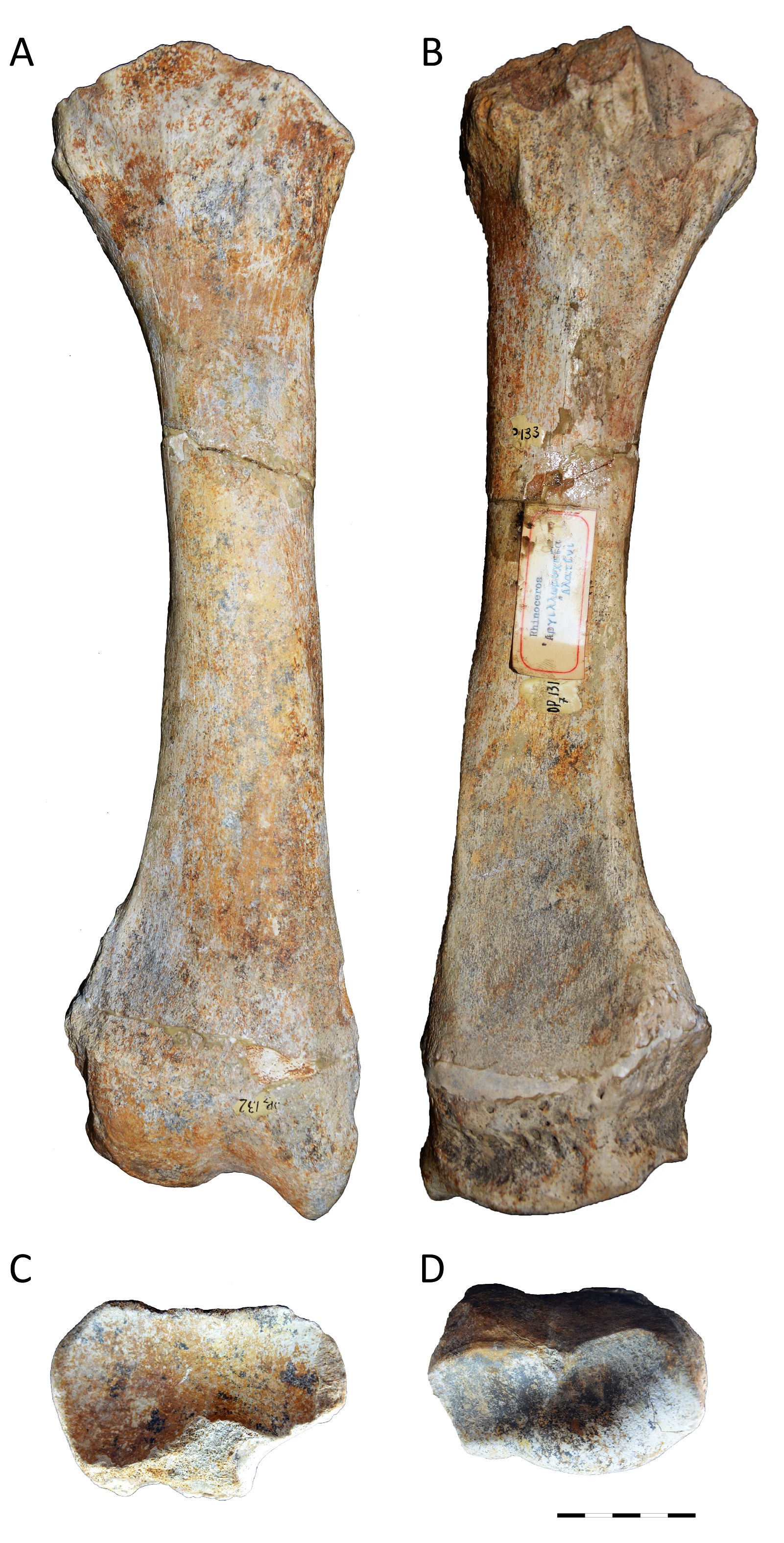Morphometric Analyses of Greek Caves: How Morphology Predicts Cave Origin

Abstract
Two of the most well-known caves of northern Greece, Petralona and Maaras, were morphometrically analyzed. They were strategically chosen for this morphometric study because they represent caves formed by different speleogenetic factors, resulting in patterns that clearly discriminate them from each other. Caves can display substantial variation in their patterns, depending on the local geology, hydrogeology, tectonics, and other factors. These qualitative parameters of speleogenesis, such as geological and hydrogeological controls, can be reflected in a cave’s pattern. The different speleogenetic factors that create the patterns of the caves can be expressed in the mathematical indices, designating them as morphometrical tools for properly discriminating the two cave patterns. Petralona Cave falls into the category of a ramiform cave pattern. The cave’s hypogenic origin is also supported by meso-scale cave morphology, and the hydrothermal activity of the surrounding area. On the other hand, Maaras Cave has a typical underground river pattern. The horizontal patterns of the two caves were morphometrically scrutinized using Euclidean and fractal geometry.
Article Details
- How to Cite
-
Dora, D., Lazaridis, G., Vouvalidis, K., Tokmakidis, K., & Veni, G. (2023). Morphometric Analyses of Greek Caves: How Morphology Predicts Cave Origin. Bulletin of the Geological Society of Greece, 60(1), 14–26. https://doi.org/10.12681/bgsg.34887
- Section
- Geomorphology

This work is licensed under a Creative Commons Attribution-NonCommercial 4.0 International License.
Authors who publish with this journal agree to the following terms:
Authors retain copyright and grant the journal right of first publication with the work simultaneously licensed under a Creative Commons Attribution Non-Commercial License that allows others to share the work with an acknowledgement of the work's authorship and initial publication in this journal.
Authors are able to enter into separate, additional contractual arrangements for the non-exclusive distribution of the journal's published version of the work (e.g. post it to an institutional repository or publish it in a book), with an acknowledgement of its initial publication in this journal. Authors are permitted and encouraged to post their work online (preferably in institutional repositories or on their website) prior to and during the submission process, as it can lead to productive exchanges, as well as earlier and greater citation of published work.


